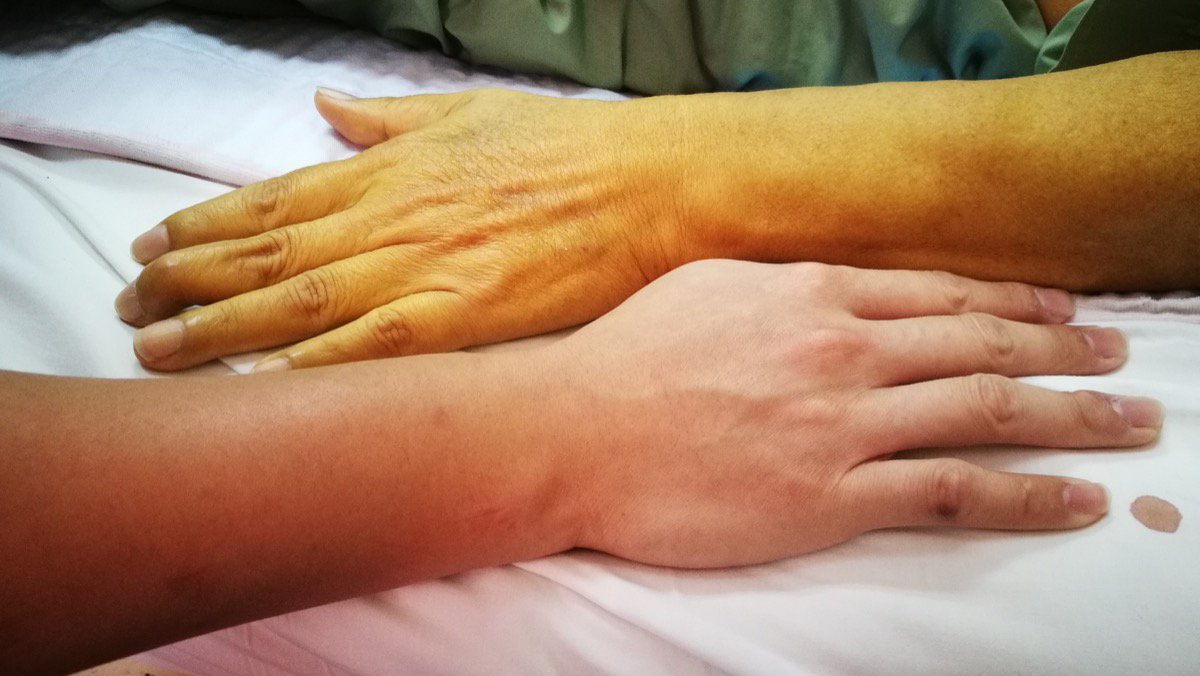Guide To The Types Of Chorea
Athetosis

Athetosis is a variant of chorea where an individual exhibits involuntary writhing movements that can be rolling, slow, and continuous. Athetosis can be caused by several different factors, including diseases that cause damage to the basal ganglia, difficulties during the birth process, jaundice, cerebral palsy, drug toxicity, stroke, and trauma. The most common areas of the body affected by athetosis include the arms, feet, and hands. A patient experiences symptoms in the same part of the body repeatedly. Patients are often unable to maintain a stable and normal posture and experience worsening symptoms when they attempt to control this movement. A common feature of athetosis is referred to as muscle overflow. Muscle overflow is a phenomenon where an individual attempts to control one muscle group or muscle and then has uncontrolled movement in a different muscle group. A physical examination, blood tests, gross motor function tests, MRI scans, and other brain imaging tests are used to make a diagnosis of athetosis.
Continue reading to learn more about the different types of chorea now.
Tardive Dyskinesia

Tardive dyskinesia is a form of chorea that occurs as a side effect of certain medications in the antipsychotic class used to treat schizophrenia, bipolar disorder, and other brain conditions. These medications work by inhibiting the effects of a chemical referred to as dopamine that helps communication between nerves and muscles. Without enough dopamine, uncontrollable jerky movements can be the result. Medications known to induce tardive dyskinesia after taking them for three months or longer include chlorpromazine, haloperidol, trifluoperazine, fluphenazine, and thioridazine. Other drugs that have caused tardive dyskinesia include metoclopramide and prochlorperazine. Symptoms of tardive dyskinesia include sticking out of the tongue unintentionally, chewing, smacking of the lips, puffing out of the cheeks, grunting, frowning, and rapid blinking of the eyes. Symptoms involving the limbs include wiggling of the fingers, tapping of the feet, flapping of the arms, thrusting of the pelvis, and swaying from one side to the other. The AIMS test, blood tests, CT scans, and MRI scans are used to diagnose tardive dyskinesia.
Get familiar with more types of chorea now.
